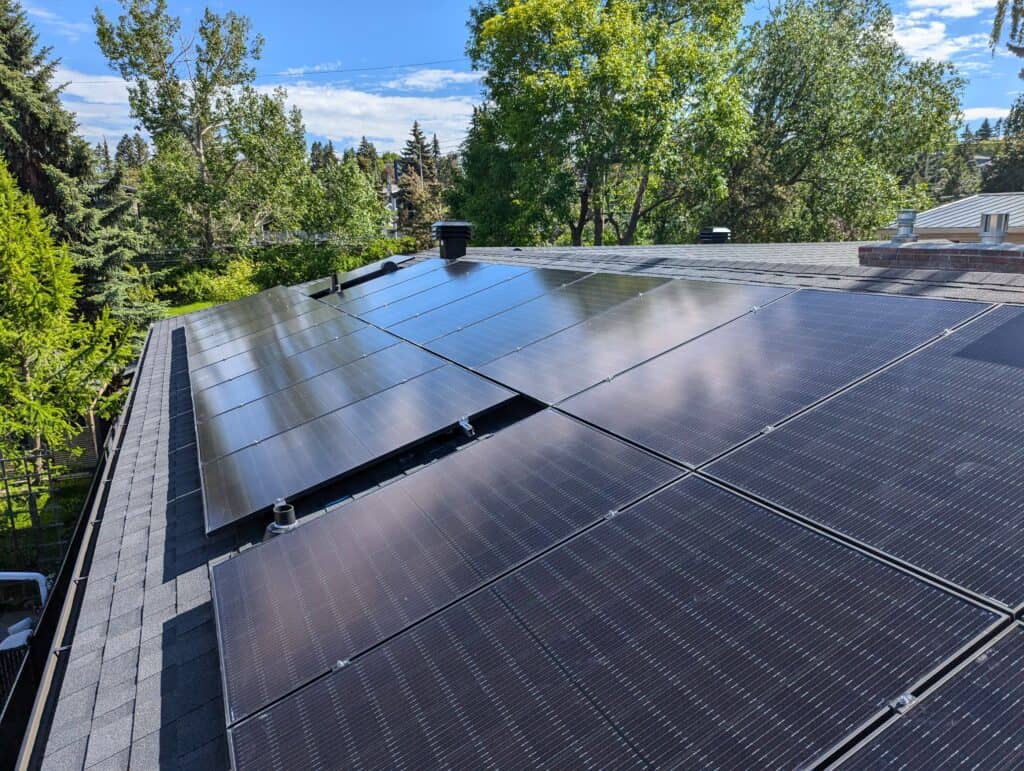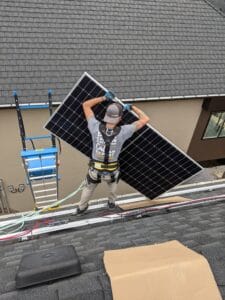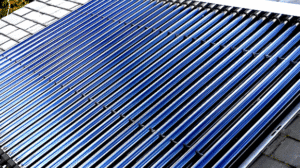Switching to solar energy is one of the smartest ways to cut your power bills and reduce your environmental footprint. A solar power system, also known as a photovoltaic (PV) system, converts sunlight into usable electricity for your home. While the technology may seem complex, the basic components and operation are simple to understand once you break it down.
This guide explains how a residential solar system works, what equipment is involved, and how everything connects to create clean, renewable power for your household.
How a Solar Power System Works
Every solar power system begins with the collection of sunlight. Solar panels, made up of photovoltaic cells, absorb solar radiation and convert it into direct current (DC) electricity. Because most home appliances run on alternating current (AC), the DC power must first pass through an inverter that converts it into AC electricity suitable for your home’s electrical system.
From there, the energy can be used immediately, stored in batteries for later use, or sent back to the grid through a smart meter. In Calgary, this process is supported by net metering, allowing homeowners to receive credit for excess power they generate and feed back into the grid.
Main Components of a Solar Power System
1. Solar Panels
Solar panels, also called photovoltaic (PV) modules, are the foundation of every solar system. They are typically installed on rooftops or ground mounts with full exposure to sunlight. The more direct sunlight the panels receive, the more energy they can produce. Modern panels can last 25 years or more with minimal maintenance, making them a reliable long-term investment for Calgary homeowners.
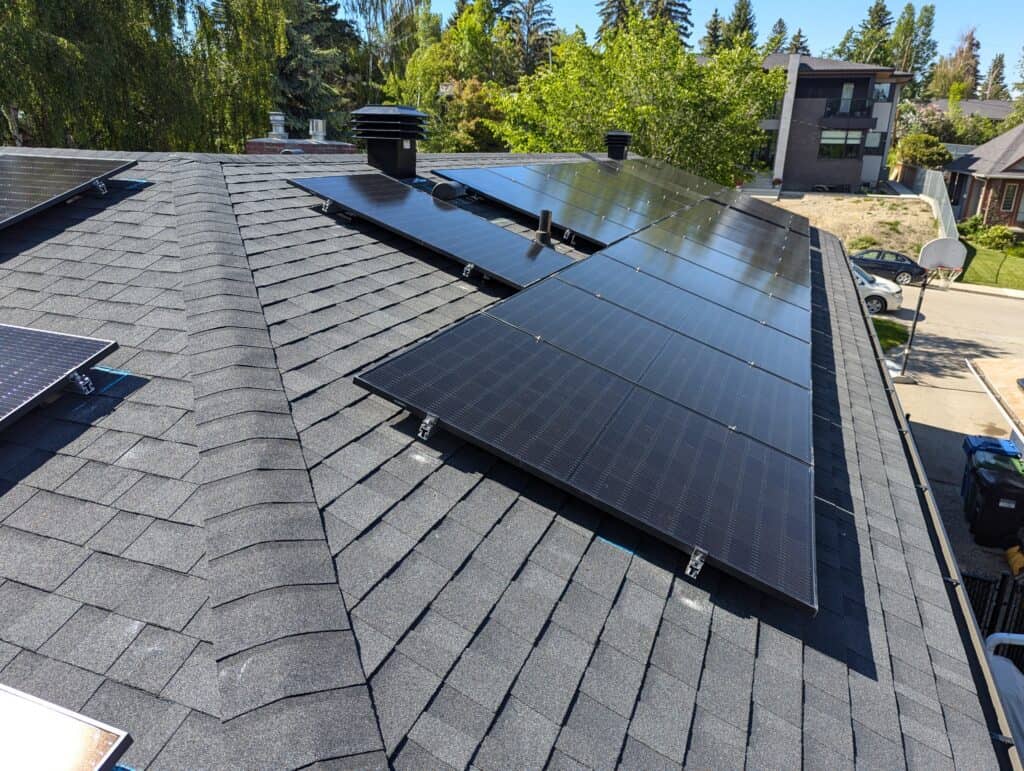
2. Mounting System
The mounting system supports the solar panels and positions them at the ideal angle to capture maximum sunlight. For Calgary’s latitude, panels are usually tilted between 30 and 40 degrees for optimal performance throughout the year. Proper mounting also ensures stability during strong winds, snow loads, and hail—important considerations in Alberta’s climate.
3. Inverter
The inverter converts DC electricity produced by the solar panels into AC power that can run household appliances and lighting. There are two main types: string inverters and microinverters. String inverters handle power from multiple panels at once, while microinverters are installed on each panel for improved efficiency and monitoring. A high-quality inverter ensures your solar power system performs efficiently and safely for many years.
4. Charge Controller and Battery Bank (Optional)
Homes that include battery storage use a charge controller to regulate how electricity flows into and out of the batteries. The controller prevents overcharging or deep discharging, both of which can shorten battery life. Battery banks store excess solar energy during the day and provide backup power at night or during outages.
5. Switches, Fuses, and Safety Disconnects
Safety switches and fuses are critical components of every solar installation. They allow technicians to isolate parts of the system during maintenance and protect your home from electrical faults or short circuits. These safety devices are required by the Canadian Electrical Code and are part of every professional installation performed by Panel Upgrade Experts.
6. Power Meter
A smart power meter measures both the electricity you consume from the grid and the energy you export back to it. Through Alberta’s net metering program, excess solar production earns credits that reduce your electricity bill. When your panels generate more power than you need, the surplus flows into the grid and is recorded automatically by the meter.
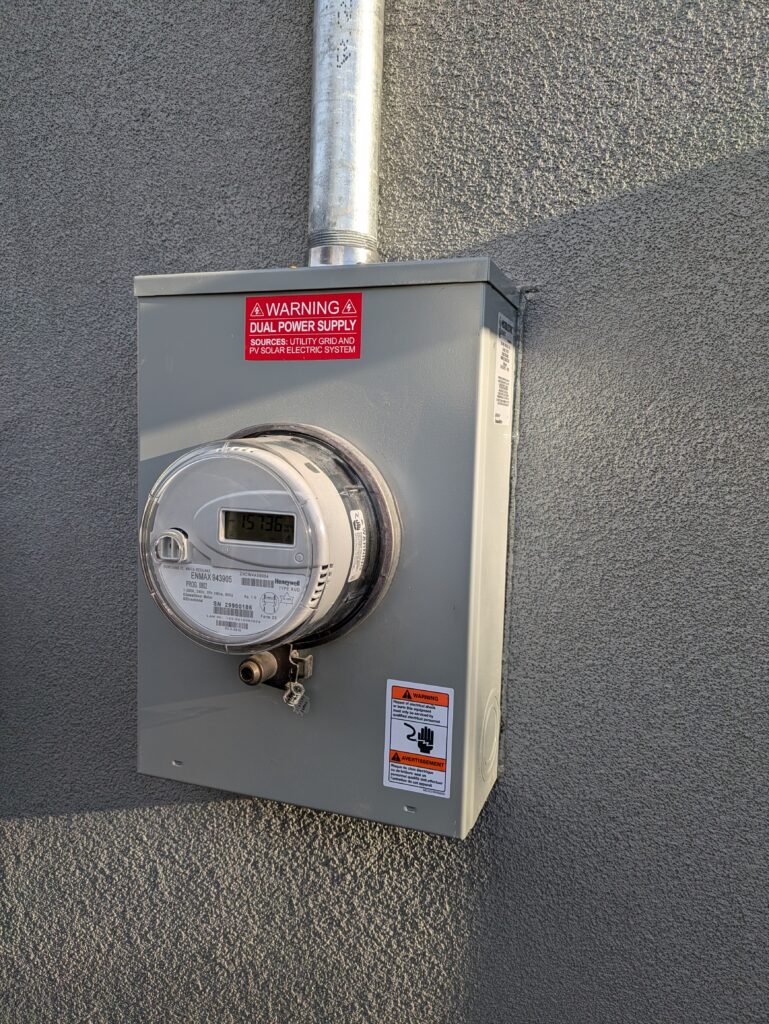
Solar Tracking Systems
While fixed solar panels perform well, solar tracking systems can further increase efficiency. A tracking mount automatically adjusts the angle of your panels to follow the sun’s path throughout the day, maximizing exposure and improving output. Although not mandatory, tracking systems can boost annual energy production by up to 25 percent in the Calgary area.
Why Solar Energy Makes Sense in Calgary
Calgary receives more than 330 days of sunshine per year, making it one of the best cities in Canada for solar energy generation. With rising power prices and provincial support for renewable energy adoption, solar power systems have become increasingly popular among local homeowners and businesses.
When designed and installed correctly, a solar power system can reduce your reliance on the grid, lower your utility bills, and pay for itself over time through energy savings and net metering credits.
Professional Solar Installations You Can Trust
At Panel Upgrade Experts, we specialize in the design and installation of solar power systems in Calgary. Our licensed electricians ensure your system is installed safely, efficiently, and in full compliance with Alberta’s electrical standards. We also help homeowners integrate their solar systems with panel upgrades and service upgrades to ensure optimal performance.
Ready to see how solar can save you money and reduce your environmental footprint? Contact us today for a free consultation and discover why so many Calgary homeowners trust Panel Upgrade Experts for reliable, long-lasting solar solutions.

